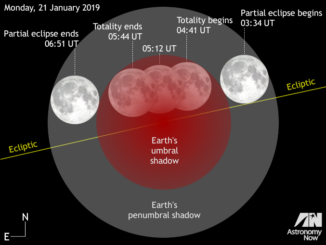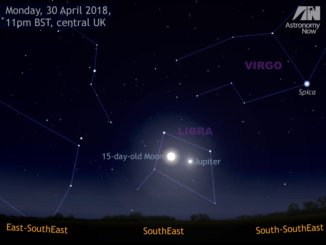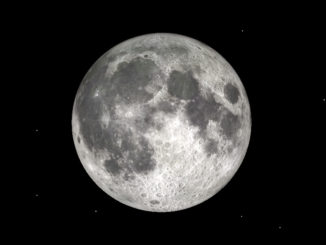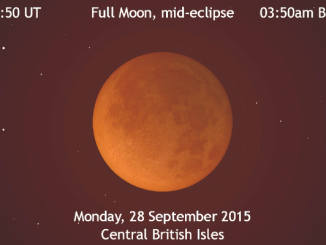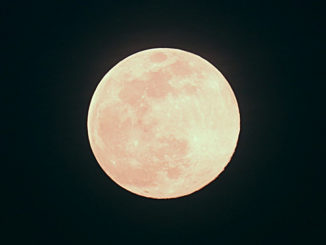
Don’t miss the largest supermoon of 2020 on 8 April
The full Moon of 8 April 2020 occurs just 8½ hours after perigee, its closest point to Earth in the oval-shaped lunar orbit. A full Moon occurring close to perigee is popularly called a supermoon, and this one will be 8½ percent larger than average. This is also the closest full Moon of the year and we’ll not see one larger until 5 November 2025.


